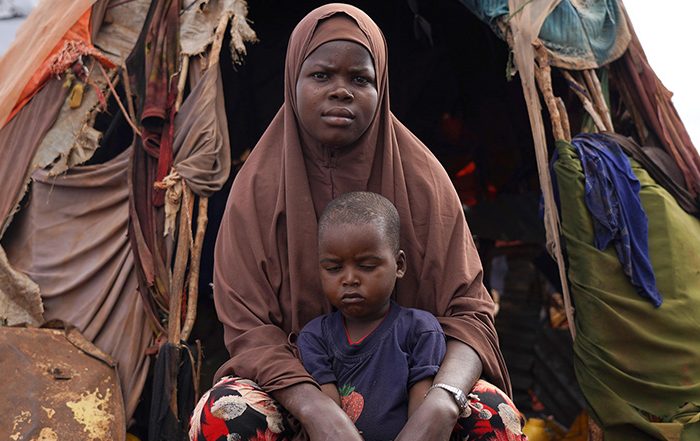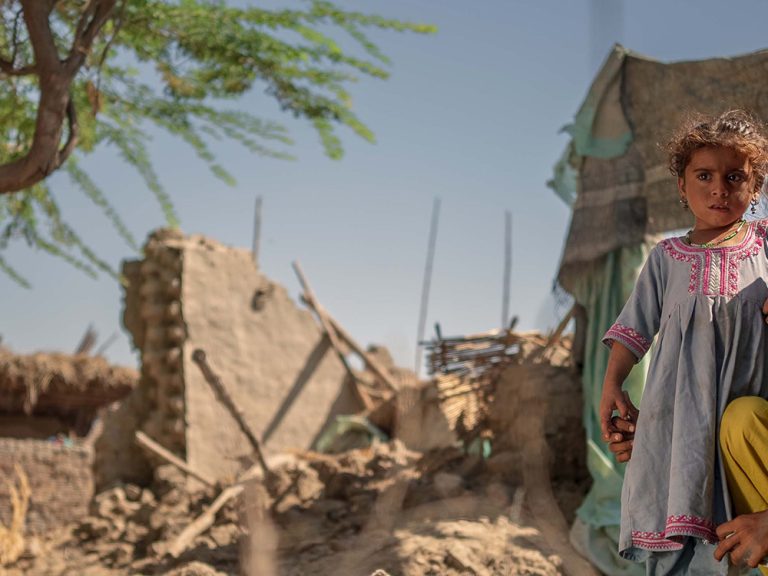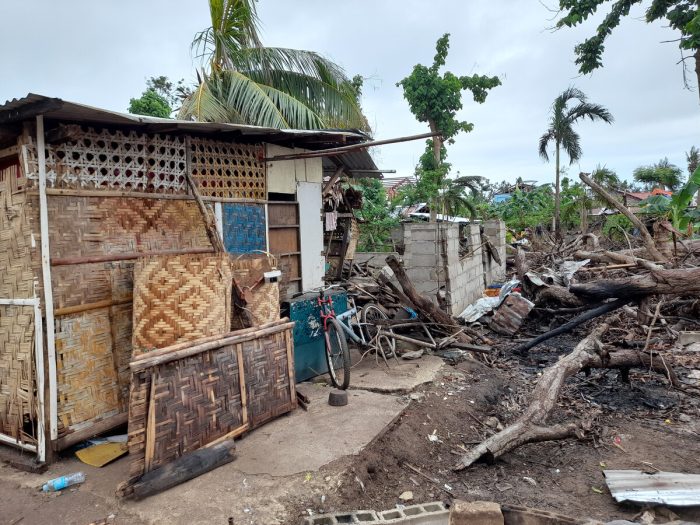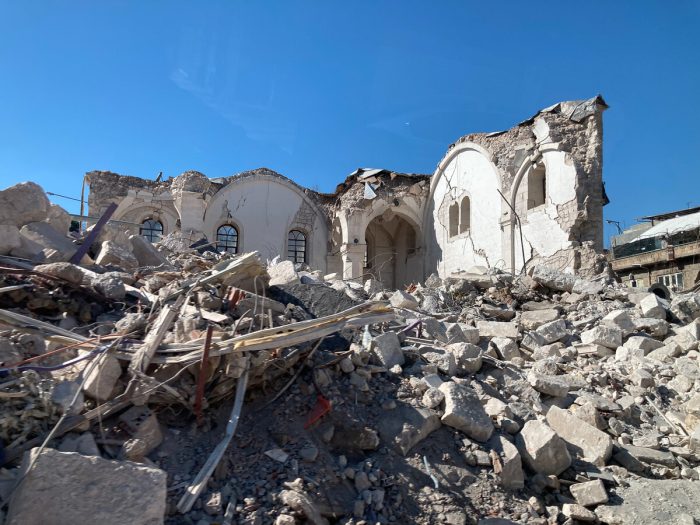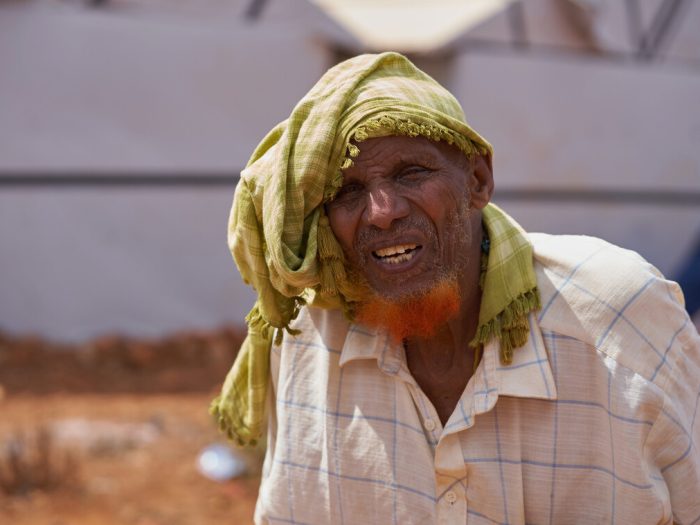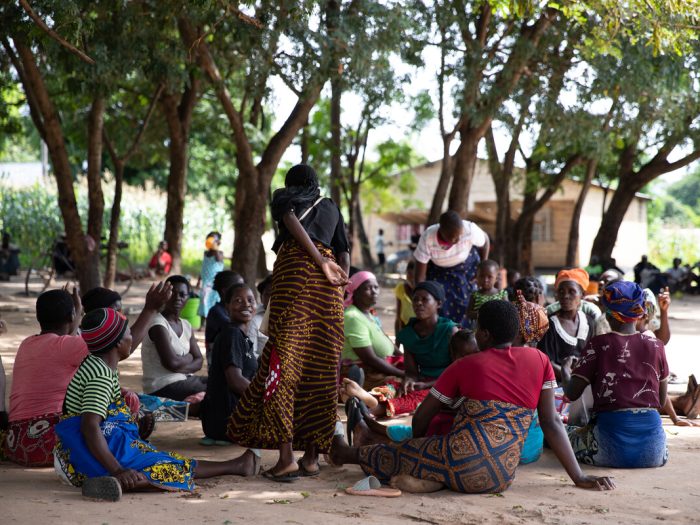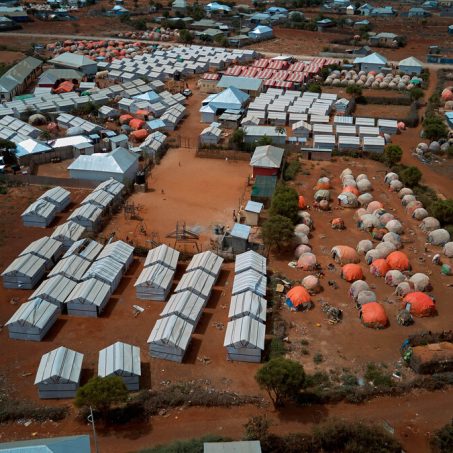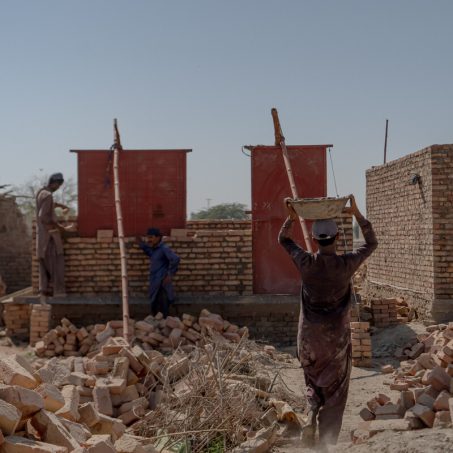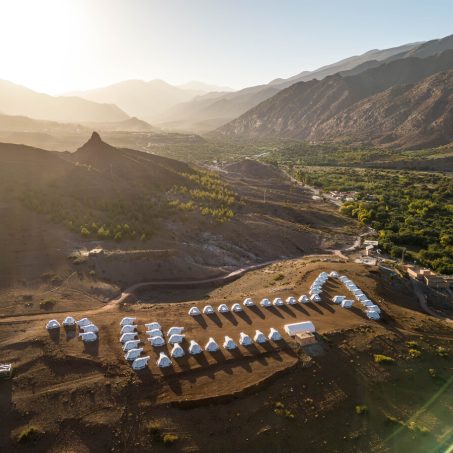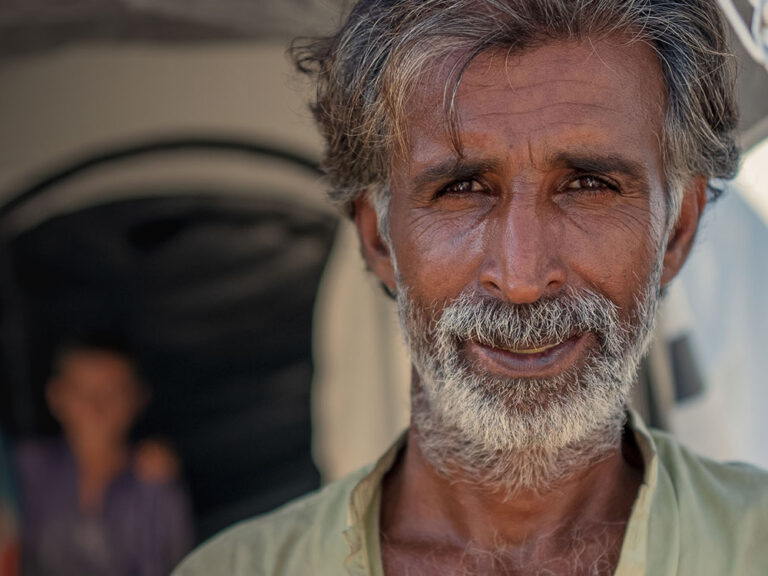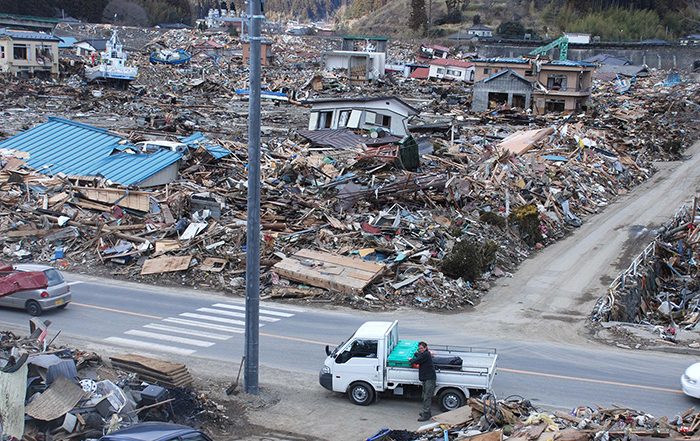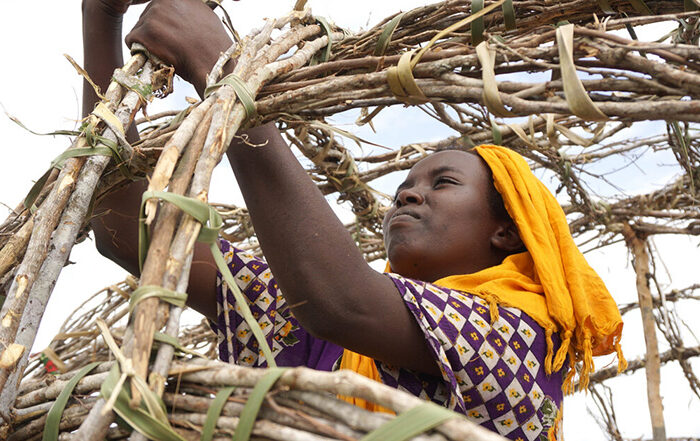Redefining our disaster relief
In 25 years we’ve responded to extreme weather, earthquakes, and conflict in around 100 different countries, supporting over 2.5 million people. We listen to and learn from communities facing heavy rainfall, extreme heat, or winter temperatures. And as disasters become more extreme, hit the same places more often, and last longer, we’re changing how we work.
- We’re flexible. Every disaster is different, and our responses are too. We used to pack tents in a box, but we’ve learned that a tent isn’t always the right fit. We listen to communities to understand what is needed most.
- We’re adapting our shelter aid. We tailor our shelter depending on what is culturally appropriate and what works best with the local climate. We use tents and shelter kits, but we also focus on more robust shelters that may have concrete bases to prevent flooding, corrugated iron roofs,
- We’re scaling up. More people than ever are in urgent need of emergency shelter. As the need grows, we must too. We’re building a global network of partners so we can support more people. And we’re storing aid around the world so we can respond wherever there’s a disaster.
